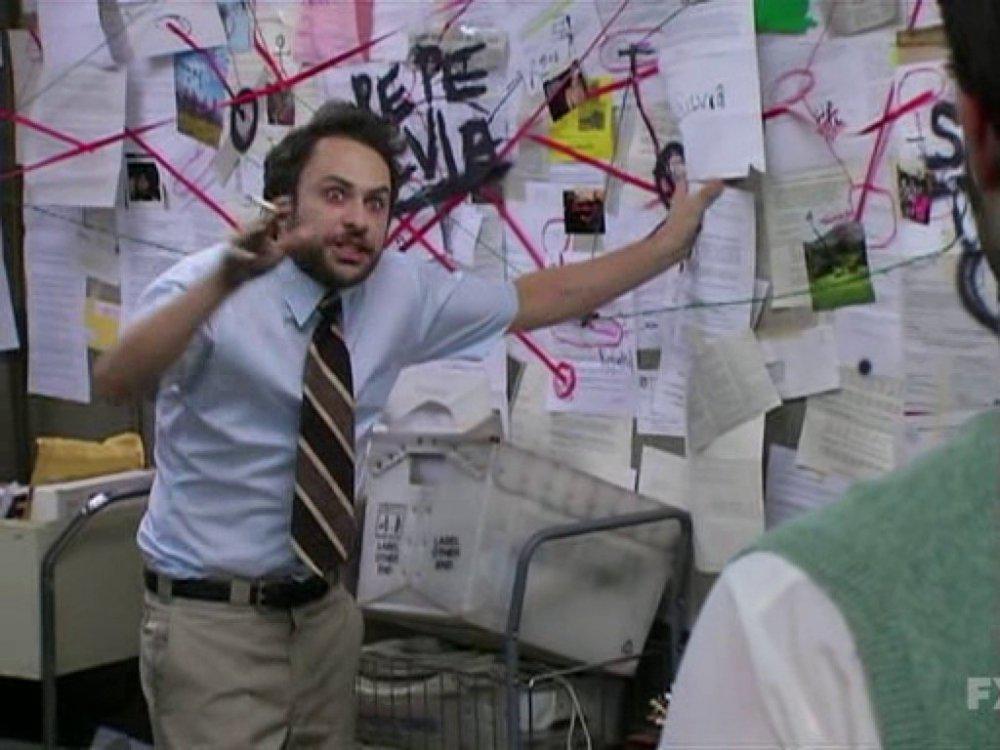22 minutes ago, WolfRider said:Isn't the case in English ? English being a foreign language for me, I've always thought to hit an to touch were more or less synonymous when used for combat situations.
They arent. A hit implies more force transfered than a touch.




